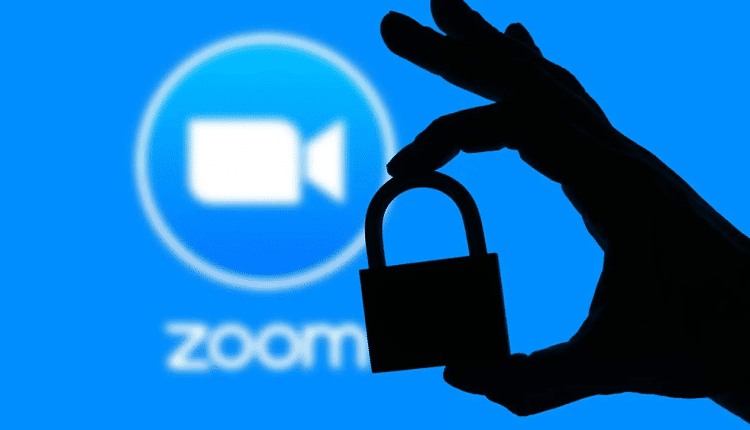On 14th October 2020, Zoom announced that it will be rolling out End-to-End Encryption (E2EE) from next week. From the beginning of the pandemic this year till now, Zoom has experienced both high stiff success and failure simultaneously. In the first few months, the new users in the Zoom platform accelerated at a very high rate. But, after the security system of the Zoom has been compromised, people started withdrawing from the platform as their privacy was at risk. Soon after the Zoombombing, we heard that Zoom launched End-to-End Encryption which was nothing but a hoax. But this time Zoom is genuinely starting E2E for the participants using the platform.
Zoom, in one of its blog posts, said that they are excited to roll out the E2EE in the coming week as a technical preview. For the first 30 days, they will be soliciting feedback from the users both free and paid. Zoom is rolling out the feature across the world and the host can add a maximum of 200 participants in an E2EE meeting and enjoy a more private and secured meeting. This is Phase 1 of the E2EE offering. There are three more on its way. Eric S. Yuan, CEO of Zoom, said that the company is rolling out E2EE to make Zoom the most secure communication platform in the world.
More about the Zoom E2EE offering
In a Zoom meeting, the Zoom cloud generates encryption keys that are distributed among the participants attending the meeting via the Zoom app. But, with the E2EE offering of the platform, the host will generate the encryption keys which will be distributed among other participants using public-key cryptography (generated in the device of the individual participant). This way the encryption keys cannot be decrypted and the content will become less vulnerable to leakage. The E2EE offering provided by Phase 1 is the same as the end-to-end encryption provided by any messaging platform. Zoom is striving to roll out this offering since May as the reputation went down due to compromised security.
Who gets the accessibility?
At first, the company decided to roll out this feature exclusively for paid users. But, after receiving plenty of criticism the company has decided to make it available for both paid and free users. In this case, the free users need to go through an extra verification process to make sure that the user is genuine and to reduce the chances of any abusive content. To create or join an E2EE meeting, the user might need to verify the phone number or provide any additional piece of information.

How to enable E2EE?
To participate in an E2EE meeting, the user must enable the E2EE meeting at the account level. Under Encryption select “End-to-end encryption” and opt-in to the same on a per meeting basis. If you are hosting a meeting, you can enable the E2EE setting for account, group, and user-level and the same can be locked at account or group level. The participants can join an E2EE meeting via Zoom desktop client, mobile apps, or Zoom Rooms.
After you enter an E2EE meeting, you can look at the upper left corner where you will find a green shield logo with a padlock in the middle of it. This is the indication that your meeting is E2E encrypted. This is similar to the GCM encryption logo but here the checkmark has been replaced with the padlock. The security code of the host is also visible to the participants so that they can verify if all the participants can see the same code. Before rolling out Phase 2, this is the level of security Zoom will provide to each one of its users.
Accessing Features
Since this encryption is the first phase of the four, there are certain limitations. Some of the limitations are you won’t be able to join before host, you will not have access to cloud recording, no access to streaming, live transcription, Breakout Rooms, polling, private chats, and meeting reaction. Though you will have an option to enable E2EE, one must prioritize if accessing all these features is more important than an extra layer of security. The next phase of the E2EE offering is tentatively scheduled for 2021.

Annasha Dey is an NIT student, who apart from studying engineering is also a content writer. She has a great interest in photography, writing, reading novels, and travelling as well. She is a foodie who loves socializing and hanging out with her friends. She is also a trained Kathak dancer and a big fashion enthusiast. Dey also loves watching TV series, which includes F.R.I.E.N.D.S. and Big Bang Theory. To be a better writer she prefers to read more